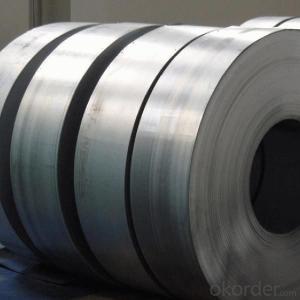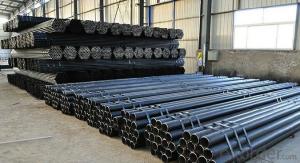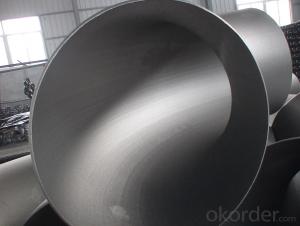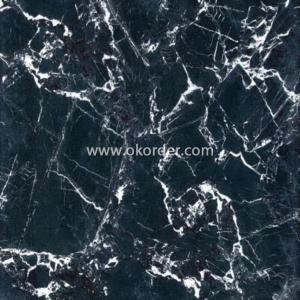1 2 Stainless Steel Tubing
1 2 Stainless Steel Tubing Related Searches
Best Paint For Stainless Steel Blanket Insulation For Steel Buildings Primer For Galvanized Steel Foam Filter For Stainless Steel H S Code For Stainless Steel Surface Grinding Wheels For Stainless Steel Surface Grinding Wheels For Hardened Steel Hole Saw For Stainless Steel Paint For Stainless Steel Stainless Steel For BbqHot Searches
Steel Mesh Panels For Sale Price For Stainless Steel Scrap Scrap Price For Stainless Steel Price For Stainless Steel Stainless Steel Tank For Sale Stainless Steel Sheets For Sale Cheap High Tea Sets For Sale Stainless Steel Tanks For Sale Stainless Steel For Sale High Density Fiberboard For Sale Solar Hot Water Collectors For Sale Scaffolding For Sale In Uae Scaffolding For Sale In Ireland Scaffolding For Sale In Houston Type Of Inverter For Solar Price Of Shipping Containers For Sale Types Of Inverter For Solar Stock Price For Aluminum Used Solar Inverter For Sale Steel Mesh Panels For Sale1 2 Stainless Steel Tubing Supplier & Manufacturer from China
Okorder.com is a professional 1 2 Stainless Steel Tubing supplier & manufacturer, offers integrated one-stop services including real-time quoting and online cargo tracking. We are funded by CNBM Group, a Fortune 500 enterprise and the largest 1 2 Stainless Steel Tubing firm in China.Hot Products
FAQ
- There are several different types of stainless steel pipe couplings available in the market, each offering unique features and functionalities. Some of the common types include: 1. Compression couplings: These couplings are designed to provide a tight and secure connection by compressing the pipe ends together using a compression nut. They are easy to install and suitable for both rigid and flexible pipe systems. 2. Flanged couplings: These couplings have flanges on both ends, which can be bolted together to create a strong and leak-proof connection. Flanged couplings are commonly used in industrial applications where high pressures and temperatures are involved. 3. Grooved couplings: These couplings consist of two segments that grip the pipe ends when tightened, creating a reliable and flexible connection. They are often used in fire protection systems and HVAC applications due to their ease of installation and ability to withstand vibration and movement. 4. Threaded couplings: As the name suggests, these couplings have threads on the inside, allowing them to be screwed onto the pipe ends. They are commonly used in low-pressure applications and are easy to assemble and disassemble. 5. Quick connect couplings: These couplings feature a quick-connect mechanism that allows for easy and rapid installation without the need for tools or additional components. They are often used in plumbing and irrigation systems. 6. Welded couplings: These couplings require the pipe ends to be welded together to create a permanent and robust connection. They are commonly used in high-pressure and high-temperature applications where a strong joint is essential. It is important to select the appropriate type of stainless steel pipe coupling based on the specific requirements of the application, such as the operating conditions, pipe material, and system design. Consulting with a professional or referring to industry standards can help ensure the right choice is made.
- Yes, stainless steel pipes can be used in pharmaceutical industries. Stainless steel is a preferred material for pharmaceutical applications due to its excellent corrosion resistance, durability, and cleanliness. It is non-reactive and non-contaminating, making it suitable for transporting and storing various pharmaceutical substances, including acids, bases, solvents, and other chemicals. Stainless steel pipes can also withstand high temperatures and pressures, making them suitable for various processes involved in pharmaceutical manufacturing. Additionally, stainless steel is easy to clean and sanitize, ensuring the maintenance of high hygiene standards in the pharmaceutical industry.
- How can the stainless steel tube eliminate stress?
- Or artificial stress, method: stresses both ends of the steel pipe fixed by the mold, through high-frequency shocks, so that the internal stress relief of the steel pipe
- Stainless steel pipes can be joined together using various methods such as welding, threading, or using mechanical connectors like couplings or compression fittings. The specific method chosen depends on factors like the application, pipe size, and desired joint strength.
- Can magnets attract stainless steel tubes?
- Can not. The structure of iron ion in stainless steel tube has changed
- Stainless steel pipes do not require any special maintenance as they are known for their durability and resistance to corrosion. However, regular cleaning and inspection are recommended to ensure optimal performance and longevity. This can be done by using mild soap and water or a non-abrasive cleaner to remove any dirt or grime that may accumulate on the surface. Additionally, inspecting the pipes for any signs of damage or leaks is important to address any issues promptly. Overall, stainless steel pipes are relatively low maintenance and can provide years of reliable service with proper care.













































